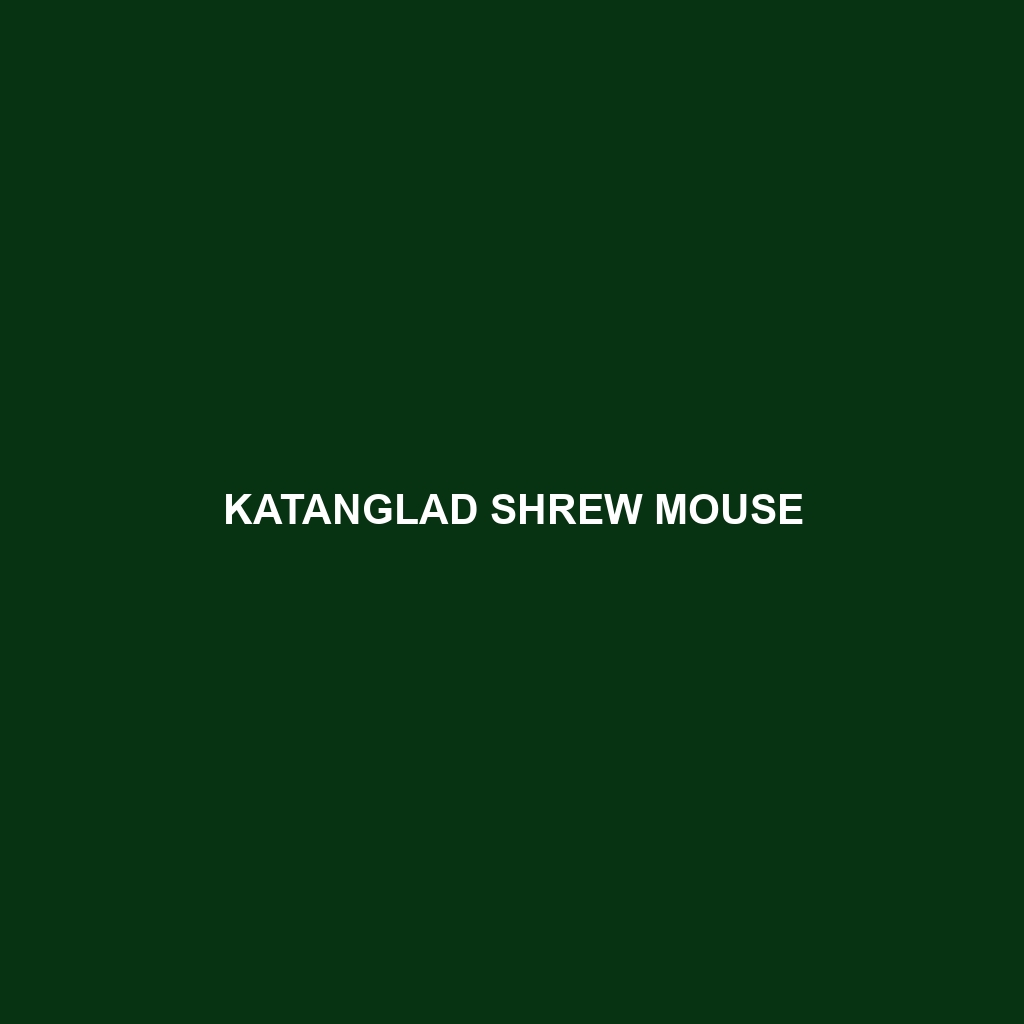Sicilian White-toothed Shrew
Common Name: Sicilian White-toothed Shrew
Scientific Name: Crocidura sicula
Habitat
The Sicilian White-toothed Shrew is primarily found in the island of Sicily, Italy. This small mammal thrives in a variety of environments, including wooded areas, grasslands, and coastal regions. Its preference for moist habitats with abundant foliage allows it to hide from predators and effectively hunt for food.
Physical Characteristics
The Sicilian White-toothed Shrew is characterized by its small size, typically measuring between 7 to 11 centimeters in length with a tail that can add another 3 to 9 centimeters. Its fur is generally light brown to gray with a distinctive white to yellowish underside, providing excellent camouflage in its natural habitat. One of the key distinguishing features of this species is its sharp, prominent incisors, which are adapted for digging and foraging.
Behavior
This species is mainly nocturnal, showcasing active foraging behaviors during the night. The Sicilian White-toothed Shrew is known for its agile movements and a highly developed sense of smell, which it uses to locate prey. It communicates through a variety of sounds, including high-pitched squeaks and olfactory signals. Territorial behaviors are also common, especially among males during the mating season.
Diet
The diet of the Sicilian White-toothed Shrew consists mainly of insects, small invertebrates, and earthworms. It plays a crucial role in controlling insect populations within its ecosystem. This species has a high metabolism, necessitating frequent feeding, as it can eat up to twice its body weight in food daily.
Reproduction
Reproductive habits of the Sicilian White-toothed Shrew include a breeding season that typically occurs in the spring and summer months. Females can give birth to litters of 2 to 5 offspring after a gestation period of about 25 to 30 days. The young are born blind and helpless, requiring maternal care for several weeks before becoming independent.
Conservation Status
The conservation status of the Sicilian White-toothed Shrew is currently classified as Least Concern by the IUCN, though habitat loss and environmental changes are potential threats. Continued monitoring of its population is essential to ensure that it does not shift to a more vulnerable status over time.
Interesting Facts
– The Sicilian White-toothed Shrew is known for its high metabolic rate, which requires it to eat almost constantly.
– This species has the unique ability to consume toxic invertebrates without adverse effects, making it exceptional among shrew species.
Role in Ecosystem
The Sicilian White-toothed Shrew plays an important role in its ecosystem as both a predator and prey. By preying on insects and invertebrates, it helps maintain the balance within its habitat. Additionally, it serves as a food source for various larger predators, contributing to the overall health and stability of its ecological community.
